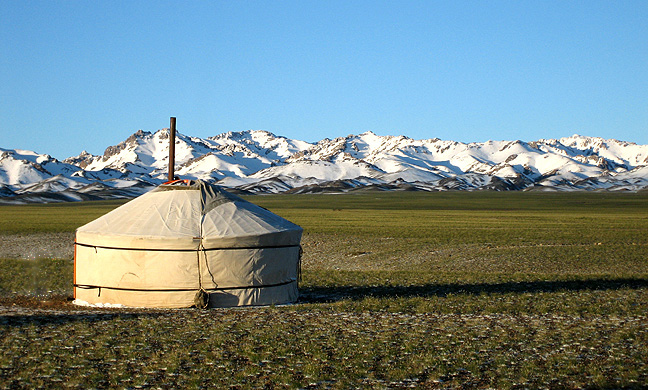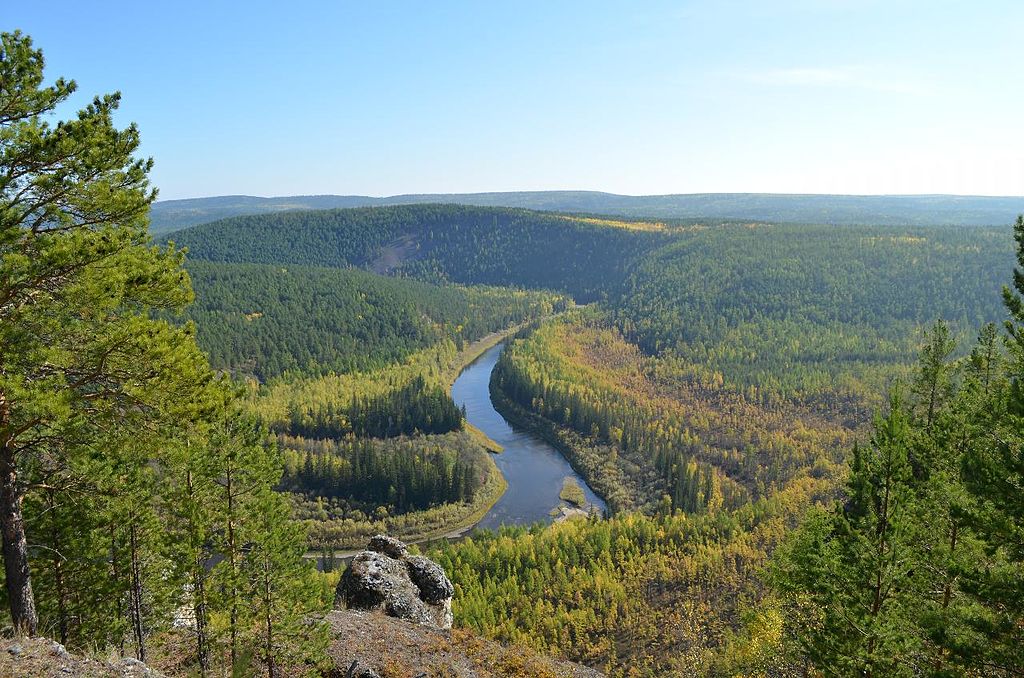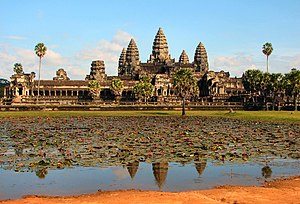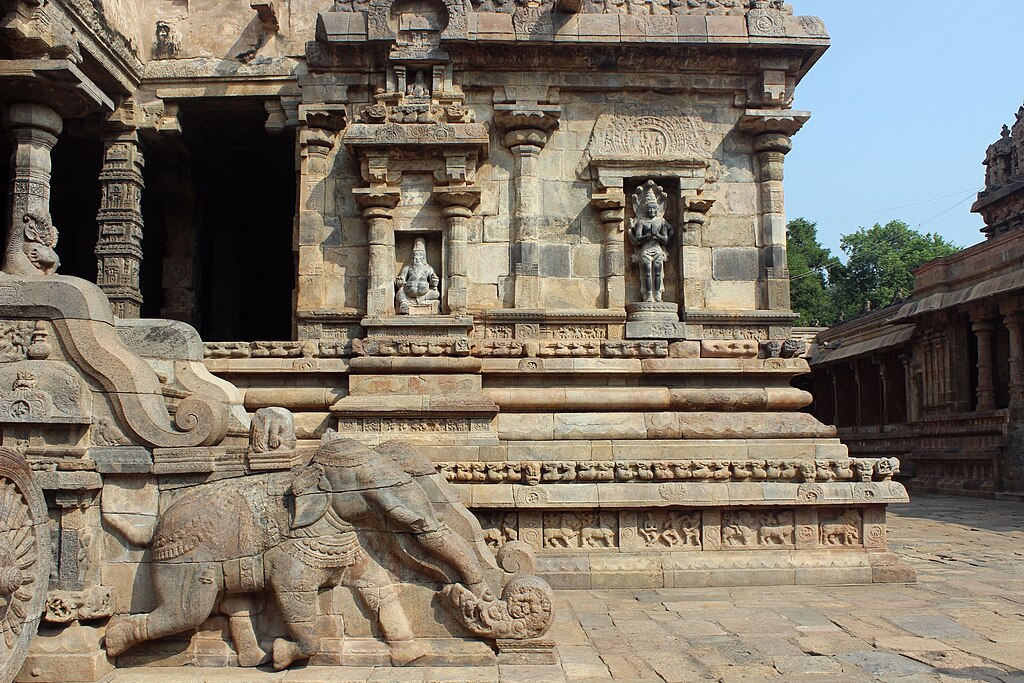To the south of China is a large peninsula, known to the western observers as Indochina or Farther India. Indeed, this latter expression is not complete nonsense and is actually closer to the description of reality than the former. The peninsular region between the Bay of Bengal and the South China Sea, together with the Spice Islands, also known as Islands of the Sea, would be greatly influenced by the culture of the Indian Subcontinent. This would, of course, be caused by geography.
Contact with China on the overland route would be largely blocked by the mountain jungles, a region later described by scholars as Zomia, with a sole opening along the coast of Vietnam. Chinese influence in Vietnam was also strengthened by the existence of a cold water current running southwards along the coast of the South China Sea.
Similarly, overland influence from India would be blocked by the Arakanese Mountains, blocking contact between the basins of the Brahmaputra and the Iravadi. The peoples on the western coast of the Bay of Bengal have however taken advantage of the warm ocean currents connecting the Tamil realms of India and Ceylon to the Iravadi Delta and the straits of Malacca. From there, merchants, goods and ideas could travel with ease northwards to the Khmer lands. Under the term ideas, we ought to understand the spread of first Hinduism and later Theravada Buddhism originally from Ceylon, into Southeast Asia.
While ideas would spread via the sea, people arrived and continued to arrive into the region taking a north-south direction. The major rivers- the Iravadi, the Salwin and the Mekong all flow in a north-south direction, with their sources in the eastern parts of the Tibetan Plateau. Those living further upstream, be they of the Tibeto-Burman or the Tai-Kadai stock, and have been migrating downstream, from the narrow upper valleys to more open lowlands further downstream.
The topographic variety of the region has also expressed itself in a rather unique phenomenon in comparison to other parts of the world. The lowlands and valleys would be home to sophisticated societies, while at the same time their kinsmen – people speaking very much the same tongue as the lowlanders, but living in the highlands and voluntarily rejecting the costs and benefits of state-organized societies, would live right next them and be viewed as a living echo of the past.
Another rather unique phenomenon in the region is the existence of the mandala system. Rather than the standard notion of political unit with a defined boundary, the Mandala system of states views them as concentric circles, defined by their capital, with a sphere of influence encompassing tributary states. Control over the nearer city-states is more intensive than over the ones further away Moreover, a city-state can belong to two larger units simultaneously.
Forms of government of Southeast Asia. Orange-red is the Mandala system; yellow orange are plutocratic monarchies, brown is tribal, green bureaucracy and the blue over there represents "monarchy without any major attiribute".
But let as take a look at the polities of the region. On the shores of the Tonkin Bay, we have Dai Viet. The land is ruled by the Lý dynasty, and has frequent contact with Song China, Champa, Khmer and Java. Relations with China also culminated in warfare.
Dai Viet during this period had been greatly influenced by neighbouring China. Although the ruling Lý dynasty were devout Mahayana Buddhists, the influence of Chinese Confucianism resulted also in the spread of the bureaucratic civil service system, with examinations of the future civil servants. The country transits from an autocratic society to a rule of law.
Further southwards, between Dai Viet and the Mekong Delta, we have the Champa kingdoms. The Chams are a people belonging to the Malayo-Polynesian that is Austronesian language family. It is presumed that the Chams arrived to the region as colonists from Borneo. They have preserved their seafaring traditions and were involved greatly in maritime commerce. Particularly the coastal city of Thi Nai, trading with Guangzhou, the Philippines, Borneo and Sumatra can be viewed as a major trade node in the entire South China Sea. Champa ought however not to be regarded as a unitary polity. No, it was rather a collection of numerous city-states, with most of their settlements located along the coast. The predominant religion of the Chams is Hinduism, although there had been a period (9th-10th century), when Buddhism was imposed by the Indravira dynasty. Mazdakism would arrive to the lands of Champa in the form of Mazouni trade emporia.
Further westwards we can observe the Khmer Empire. The Khmers have built a remarkable empire, spanning from the Mekong Delta, across the Tonle Sap to the Gulf of Siam.
Angkor Wat, pride and jewel of the Khmer Empire
During the 10th century, the Khmers allied themselves with the Cholas of southern India in war against Srivijaya on the Sumatra. The Khmers at this time are still Hindus.
Khmer economy is built mainly on rice growing, but also on palms grown for sugar, wine etc. Women enjoyed an important role in commerce. They would marry young – this appears to explain the fast population growth.
The country would very well qualify as a hydraulic empire – the royal administration would take care of canal building and irrigation projects. A local version of the caste system was established, with the monarch at the very top, acting like a God-King, or
Devaraja.
Further southwards was the extension of the Malay Peninsula, known as the Golden Khersonese in the antiquity. Separated by the Malacca Strait from Sumatra, these two areas would be ruled together as part of the Srivijaya Empire. Srivijaya was a dominant thalassocratic empire dominating a large part of maritime Southeast Asia, mainly Sumatra, Malay Peninsula and western Borneo.
In the early 11th century, however, Srivijaya was invaded by the Chola Empire, based in Tamil Nadu, which is in south-eastern India. The immediate result of the campaign was a weakening of Srivijayan naval hegemony, allowing the formation of smaller regional kingdoms such as Kediri not based solely on long-distance trade, but rather on agriculture. Even in the maritime southeast Asia one can witness the Mandala model of governance, especially when observing the Srivijaya Empire. The word “Empire” may not be a very precise word – it was perhaps a confederation, similar to the maritime league of Athens at the time of the Peloponnesian war.
Srivijayan Empire at its height
The predominant faith of Srivijaya would be Tantric (Vajrayana) Buddhism. The northwestern tip of Sumatra has begun witnessing the arrival of Mazdaki merchants from Mazoun (1)
The island of Java was home to two major realms: Sunda on the west and Kediri in the east. Further eastwards was the realm of Bali. Despite the arrival of Buddhism further west, Java and Bali remain staunchly Hindu.
Further northwards we have the island of Borneo. Its western coast being ruled by Srivijaya, its northern coast forming another mandala around Brunei and ultimately the kingdom of Kutai on the eastern coast. The inlands remain mostly unexplored rainforest; Brunei and Kutai Hindu mandala states.
The Greater Moluccas, known to quite a few of our readers as the Philippines had also some emerging states during this time period. The kingdom of Tondo based in the region of southern Luzon and Butuan on northeastern Maguindanao. These realms appear to be in regular contact with the Champas and the Song dynasty. Butuan was greatly influenced by Srivijaya, and Hindu influences were rather strong.
The Mon Buddhist realm of Harapunchai manages to preserve its independence in the Highlands of what could later become Thailand; and the Mon people continue to inhabit the Iravadi Delta and the coastal regions southwards. The Mon are credited for the transmission of Buddhism into the region; it is thought that Buddhism arrived into the region via the coastal town of Thaton. The Mons are seen as the predecessors of later cultures who would come inhabit Burma. It was speculated that the Burman script was based upon the Mon script; other suggest that it was based upon the script used by the Pyu states.
The Iravadi valley would come to be ruled by the state of Bagan, sometimes spelt as Pagan. Its inhabitants, despite the name, would not be pagans. The gross majority of them would in fact be Buddhists. Theravada Buddhism would be taken from the conquered Mon and imposed over the population of the Upper Burma, where it would displace Vajrayana Buddhism and local forms of animism.
Bagan: the city of a thousand pagodas
The ruling class spoke Old Burman; however the majority of their subjects would continue to speak Pyu, another earlier Tibeto-Burman language in the Upper Iravadi Valley; the lower Iravadi basin would continue to speak Mon. Pali would come to be used as well as a liturgical language of the Theravada.
The coastal areas west of the Iravadi valley, known as Arakan, were connected greatly towards India, especially the Pala; as a result the Arakanese coast would be mostly Mahayana Buddhist.
The Thaic speakers of the Shan language were settled in the Shan plateau; they were mostly tribal, occasionally subdued by the rulers of Bagan. The Thaic peoples were gradually moving southwards from southern China into the Indochinese Peninsula.
The Dali kingdom, found in the jungles of Yunnan was a Tibeto-Burman Buddhist kingdom, on amicable terms with the Song. Its main ethnicity were the Bai, but within the realm there was a considerable number of Zhuang, or Taic peoples. Those would retain their own beliefs; the Bai have adopted Vajrayana Buddhism for the most part, though.
The city of Dali itself was an important trade centre at the end of the Hose Tea Road, connecting the upper Brahmaputra Valley through Chamdo to Dali and eventually through the mountain passes into the Iravadi Basin.
My understanding of the linguistic situation of the region at 1100AD
(1) Analogous to the arrival of islam OTL.










